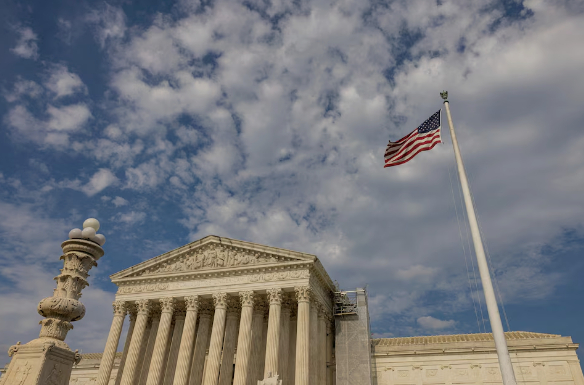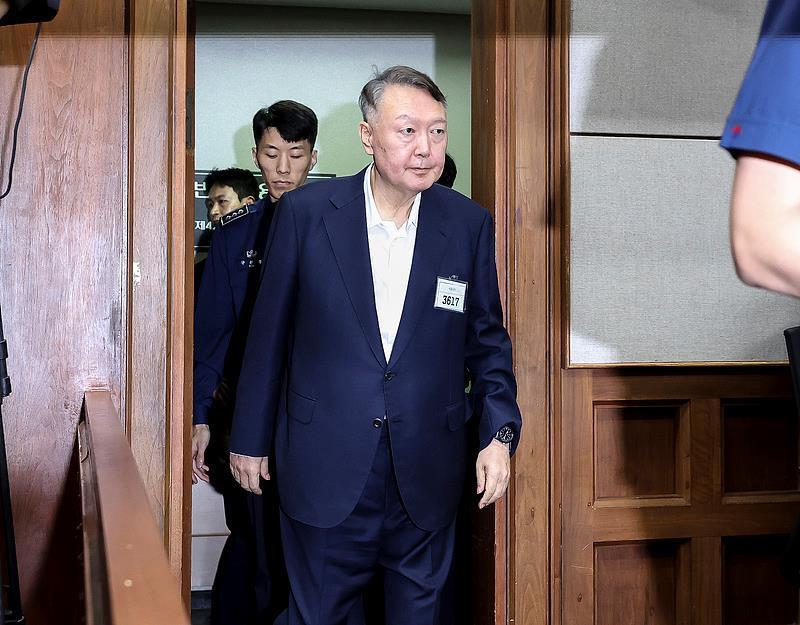
The U.S. Supreme Court's ruling on Tuesday cleared a key obstacle for Donald Trump's administration to advance massive layoffs and streamline federal agencies. This decision may not only lead to the unemployment of tens of thousands of federal employees, but will also profoundly reshape the structure of the U.S. federal bureaucracy, triggering a fierce debate on efficiency and fairness, law and politics.
On April 11, 2025, the Supreme Court overturned the lower court's obstruction of the Trump administration's layoff ban by a majority vote, allowing it to continue to advance its layoff plan. The move stems from the "major reform of the federal bureaucracy" launched by the Trump administration in February this year, with the goal of reducing government bloat and saving costs through layoffs and institutional reorganization. According to CCTV News, as of early July, more than 9,500 federal employees had been fired, involving multiple departments such as the Environmental Protection Agency, the Department of Agriculture, the Centers for Disease Control and Prevention (CDC), and the Internal Revenue Service. Among them, the CDC laid off nearly 1,300 people, accounting for about one-tenth of the total number of employees; the Forestry Bureau laid off 3,400 people, and the National Park Service cut 1,000 jobs. The Department of Government Efficiency (DOGE), led by Tesla CEO Elon Musk, plays a core role in layoffs, and its concept of "complete layoffs rather than partial streamlining" has sparked controversy.
The Trump administration adopts a dual-track system of "voluntary resignation buyouts" and compulsory layoffs. On January 28, federal employees received a "Fork in the Road" email: If they choose to resign before February 6, they can receive 8 months of salary compensation, and the benefits will continue until September 30. The move is aimed at quickly reducing the size of the staff, but military personnel, postal services, and national security positions are exceptions. Those who do not voluntarily resign face the risk of layoffs, and agencies must follow the strict restriction of "four people leaving before one new person can be hired." Musk promised to save the government $1 trillion through layoffs, following the model of 50% layoffs after his Twitter acquisition, sparking controversy over "fairness between the public and private sectors."
Supporters see layoffs as "necessary surgery." Republican Congressman Andy Harris believes that layoffs can force civil servants to enter the private sector to drive GDP growth. Trump stressed that returning to the office is a basic obligation of civil servants, and the privilege of teleworking will be terminated. However, criticisms are surging: Democrats and unions accuse the move of "clearing dissidents and replacing loyalists", 14 state attorneys general sued Musk for unconstitutional power, and environmental organizations worry about the paralysis of public services. CDC layoffs have raised concerns about a public health crisis, and the loss of researchers in the agricultural sector may weaken scientific research capabilities. On the legal level, local judge James Breda once ruled that some layoffs were illegal, but the latest ruling of the Supreme Court reversed this restriction.
The Supreme Court's three consecutive victories (including the revocation of the ban on deportation of immigrants and the termination of teacher funding) highlight the complex interaction between the Trump administration and the judicial system. Despite the opposition of liberal judges Sotomayor and Jackson, the majority opinion still supports the priority of executive power. The Biden campaign team slammed the ruling as a "threat to democracy", pointing out that Trump tried to weaken judicial supervision through layoffs. At the same time, Trump touted this as a "constitutional victory" on social media, implying the legitimacy of his rule. This ruling may intensify the political confrontation in the 2024 election, and the lawsuits and protests caused by layoffs will continue to test the boundaries between the judiciary and the administration.
Layoffs have been substantially advanced, but the controversy is far from over. Laid-off employees such as Jeremy Lemke face career breaks, and the risk of weakened service capabilities of federal agencies is also apparent. State attorneys general lawsuits, union negotiations and public service pressures will pose long-term challenges. It is doubtful whether Musk's DOGE can achieve the trillion-dollar savings target, but his expansion of power has set a precedent for non-elected officials to lead government reform. Although the Supreme Court ruling gave the "green light" to layoffs, it did not quell doubts about legitimacy - the reshaped federal government will find a balance between efficiency and democratic accountability.
The Trump administration's layoff plan is not only the execution of an executive order, but also a radical experiment in the century-old structure of the American bureaucracy. Its effectiveness and cost will become the core issues of political, legal and social debate in the coming years.

The South Korean political arena has once again been embroiled in a public controversy over a judicial investigation that has shaken the entire nation.
The South Korean political arena has once again been embroi…
On the morning of December 29th local time, the precious me…
According to the US media Barchart, recently, the fluctuati…
On December 29th, Mar-a-Lago in Florida, USA, witnessed a h…
SoftBank Group announced on Monday that it has agreed to ac…
Recently, the US State Department issued a visa ban, adding…